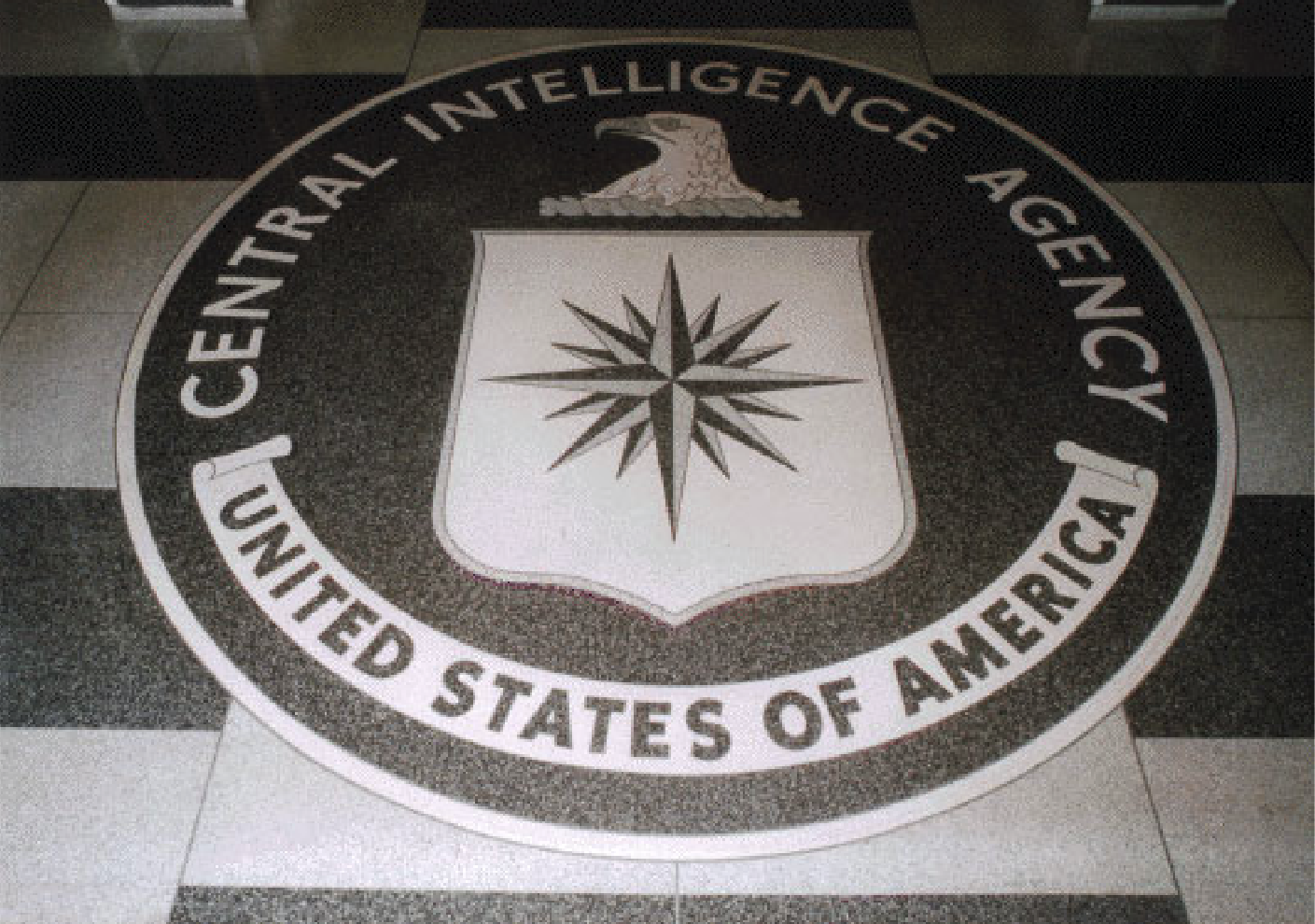
The Trump Administration’s Escalating Tension with Iran
American Oversight launched an investigation to shed light on the Trump administration’s management of foreign policy decisions regarding Iran.

American Oversight launched an investigation to shed light on the Trump administration’s management of foreign policy decisions regarding Iran.
